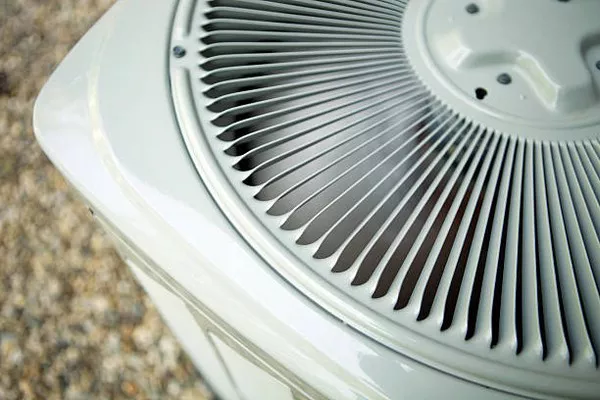Reciprocating compressors play a vital role in various industries where the compression of gases is required. These machines operate on the principle of reciprocating motion, converting mechanical energy into potential energy stored in pressurized gases. Understanding their function, components, and applications is crucial for industries ranging from oil and gas to manufacturing and refrigeration.
1. Mechanism of Action
Reciprocating Motion
At the heart of reciprocating compressors lies the principle of reciprocating motion. A piston within a cylinder moves back and forth, alternately compressing and releasing gas. This motion is typically driven by an electric motor or an internal combustion engine.
Compression Process
As the piston moves downward, it creates a low-pressure zone within the cylinder. This allows the intake valve to open, drawing gas into the cylinder. Upon reaching the bottom of its stroke, the piston begins its upward movement, closing the intake valve and compressing the gas. The compressed gas is then discharged through the outlet valve when the pressure within the cylinder exceeds the outlet pressure.
2. Components of Reciprocating Compressors
Cylinder and Piston Assembly
The cylinder serves as the housing for the reciprocating motion of the piston. It must withstand high pressures and temperatures, often requiring robust construction materials such as steel or cast iron. The piston fits snugly within the cylinder, forming a seal to prevent gas leakage.
Valves
Reciprocating compressors utilize intake and outlet valves to control the flow of gas into and out of the cylinder. These valves open and close in response to pressure differentials, ensuring efficient compression and discharge of gases.
Crankshaft and Connecting Rod
The crankshaft converts the rotational motion of the motor or engine into reciprocating motion. It is connected to the piston via a connecting rod, which translates the rotary motion of the crankshaft into linear motion of the piston.
Drive Mechanism
Reciprocating compressors are driven by various means, including electric motors, internal combustion engines, or steam turbines. The drive mechanism provides the necessary power to operate the compressor and maintain the desired compression ratio.
3. Applications of Reciprocating Compressors
Oil and Gas Industry
Reciprocating compressors are widely used in the oil and gas industry for natural gas processing, compression, and transportation. They play a crucial role in boosting the pressure of natural gas to facilitate its transportation through pipelines over long distances.
Refrigeration and Air Conditioning
In refrigeration and air conditioning systems, reciprocating compressors are employed to compress refrigerant gases, facilitating the cooling process. These compressors are commonly found in residential and commercial refrigeration units, air conditioners, and heat pumps.
Manufacturing and Industrial Processes
Reciprocating compressors are integral to various manufacturing processes, including pneumatic tools, material handling, and machine operations. They provide the compressed air necessary for powering pneumatic machinery and equipment used in factories and production facilities.
Power Generation
Reciprocating compressors are also utilized in power generation applications, particularly in diesel and gas-fired power plants. They assist in the compression of air or gas for combustion, contributing to the efficient operation of power generation systems.
4. Maintenance and Optimization
Regular Inspections and Lubrication
To ensure the reliable operation of reciprocating compressors, regular inspections and maintenance are essential. Components such as valves, seals, and pistons should be inspected for wear and tear, and lubrication systems should be monitored to prevent excessive friction and overheating.
Monitoring Performance Metrics
Tracking performance metrics such as discharge pressure, flow rate, and power consumption can help identify potential issues and optimize compressor efficiency. Advanced monitoring systems and predictive maintenance techniques can predict failures before they occur, minimizing downtime and maximizing productivity.
Cleaning and Filtration
Proper filtration of intake air is crucial to prevent contaminants from entering the compressor and causing damage to internal components. Regular cleaning of filters and air intake systems can prolong the lifespan of reciprocating compressors and ensure reliable operation.
Frequently Asked Questions (FAQs)
1. What are the advantages of reciprocating compressors over other types?
Reciprocating compressors offer advantages such as high efficiency, flexibility in operation, and suitability for high-pressure applications. They are also relatively compact and cost-effective compared to other compressor types, making them ideal for a wide range of industrial applications.
2. How do reciprocating compressors compare to rotary compressors?
Reciprocating compressors operate on the principle of reciprocating motion, while rotary compressors utilize rotating mechanisms such as screws or vanes. Reciprocating compressors are typically more suitable for high-pressure applications and offer better efficiency at varying loads. However, rotary compressors may have advantages in terms of smoother operation and lower maintenance requirements in certain applications.
3. What factors should be considered when selecting a reciprocating compressor?
When selecting a reciprocating compressor, factors such as required flow rate, discharge pressure, gas composition, and ambient conditions should be taken into account. Additionally, considerations such as space constraints, noise levels, and maintenance requirements should also be evaluated to choose the most suitable compressor for a particular application.
SEE ALSO How Much Is An Ac Compressor For A House
In conclusion
Reciprocating compressors are versatile machines with widespread applications across various industries. Understanding their function, components, and maintenance requirements is essential for ensuring optimal performance and reliability in industrial operations. By leveraging the capabilities of reciprocating compressors, industries can enhance efficiency, productivity, and profitability in their operations.

